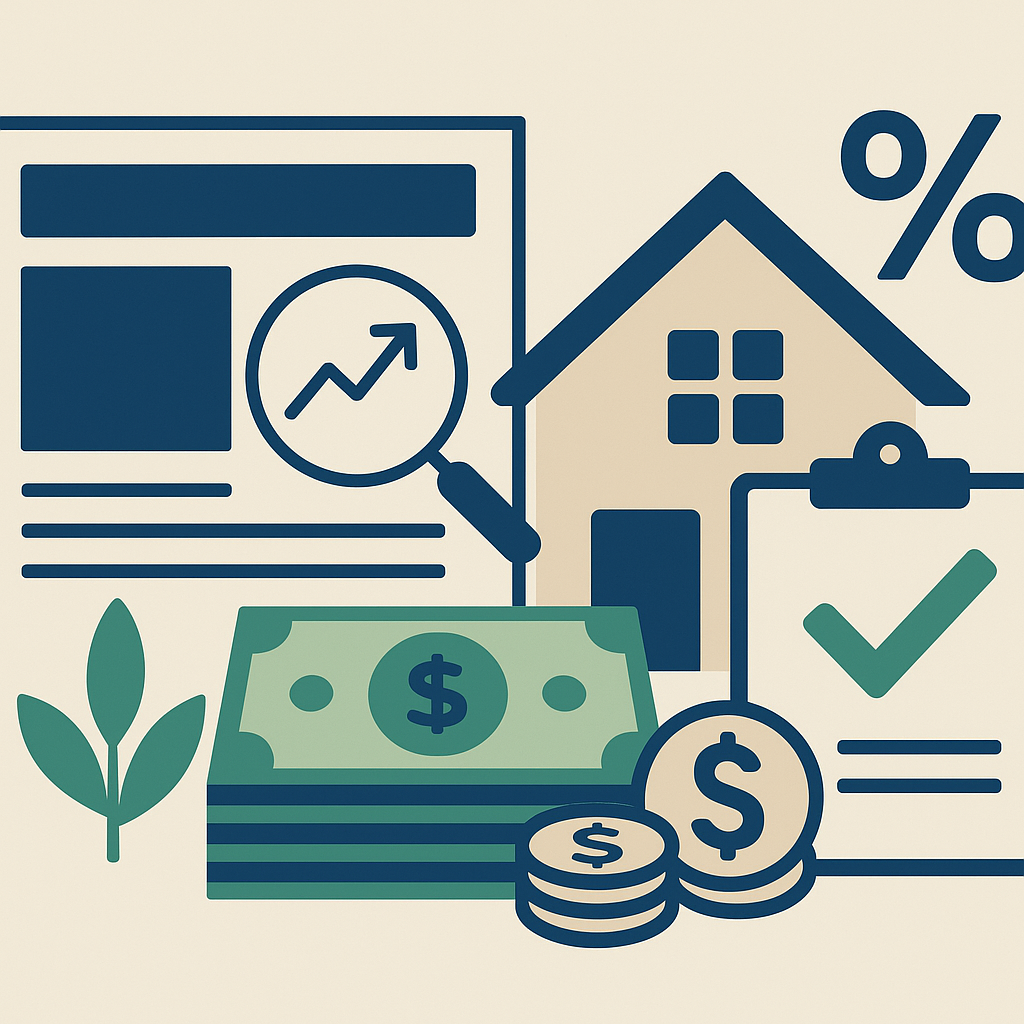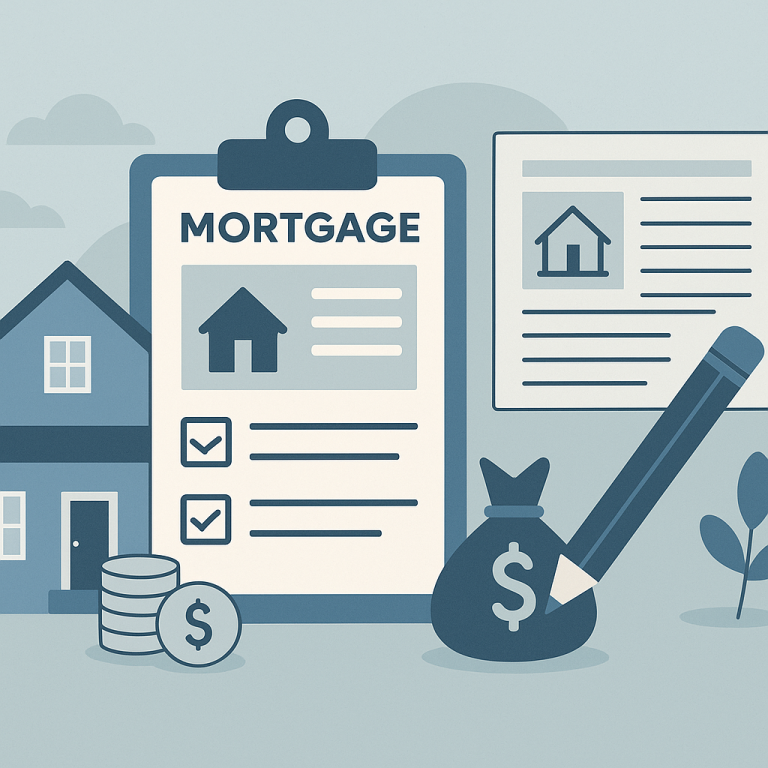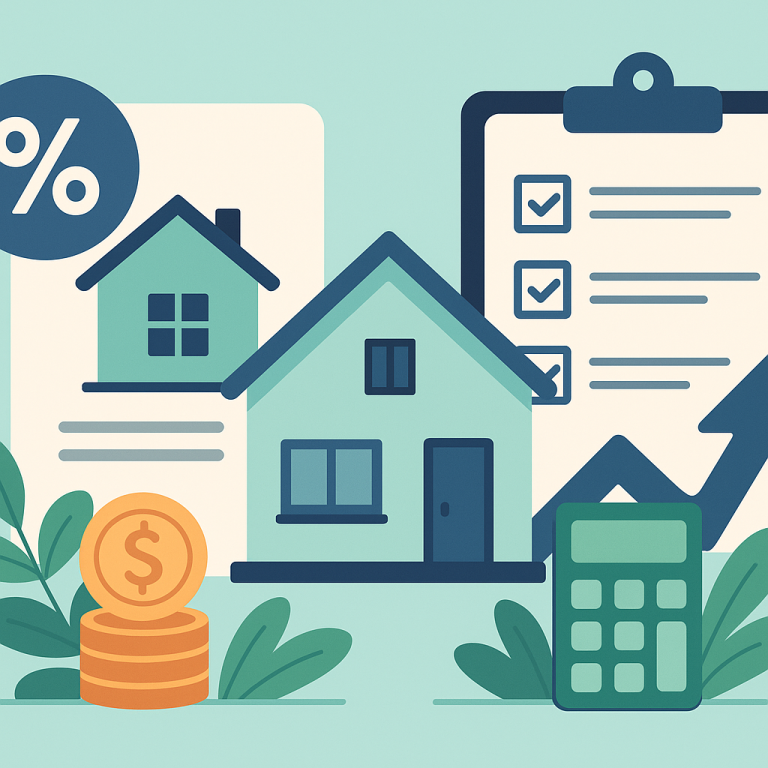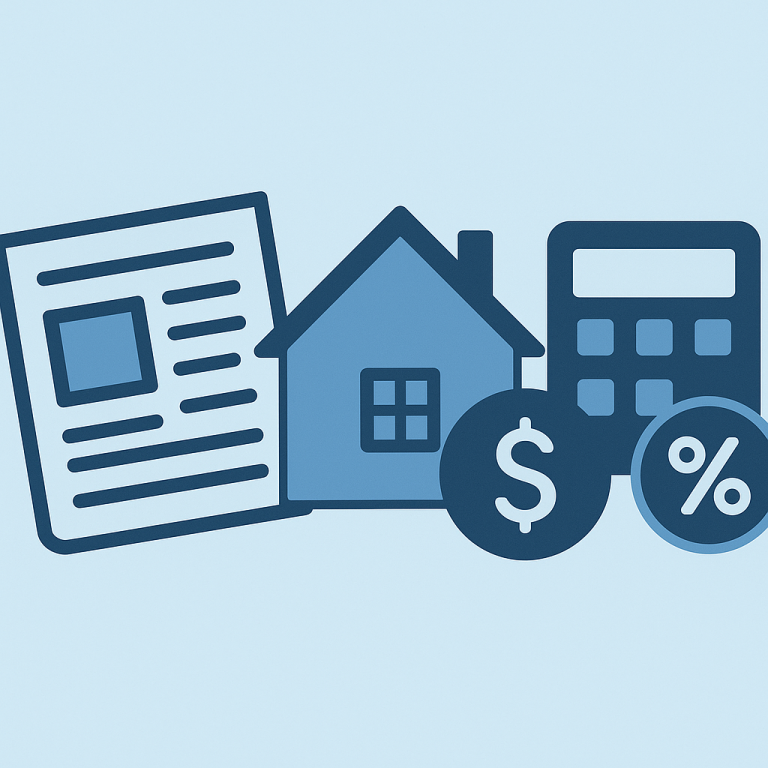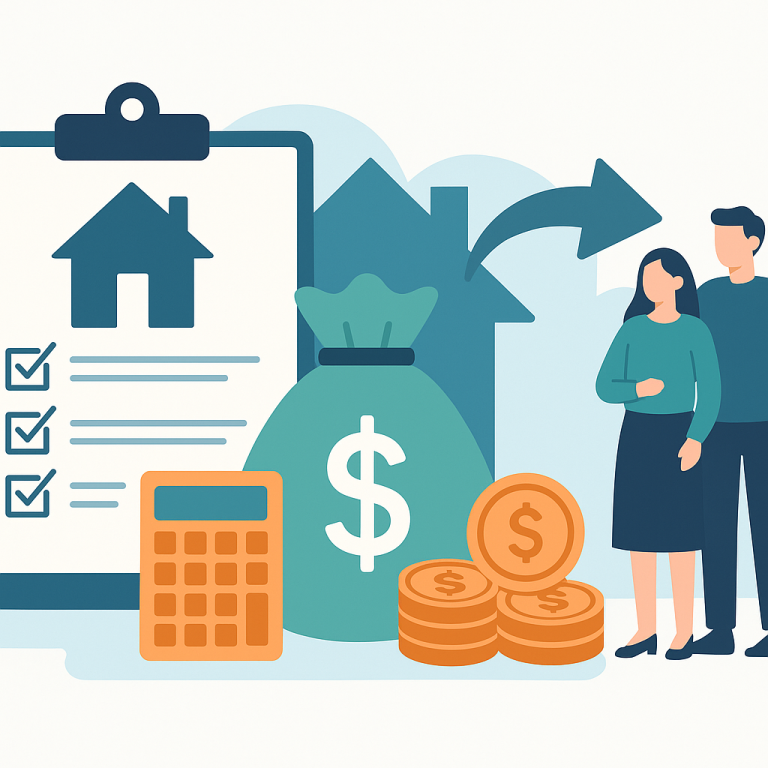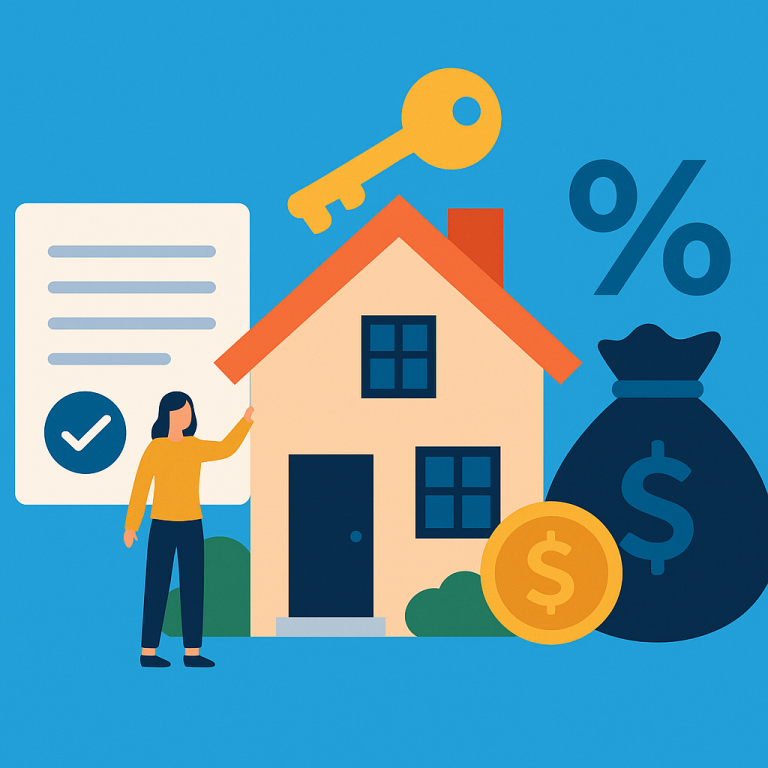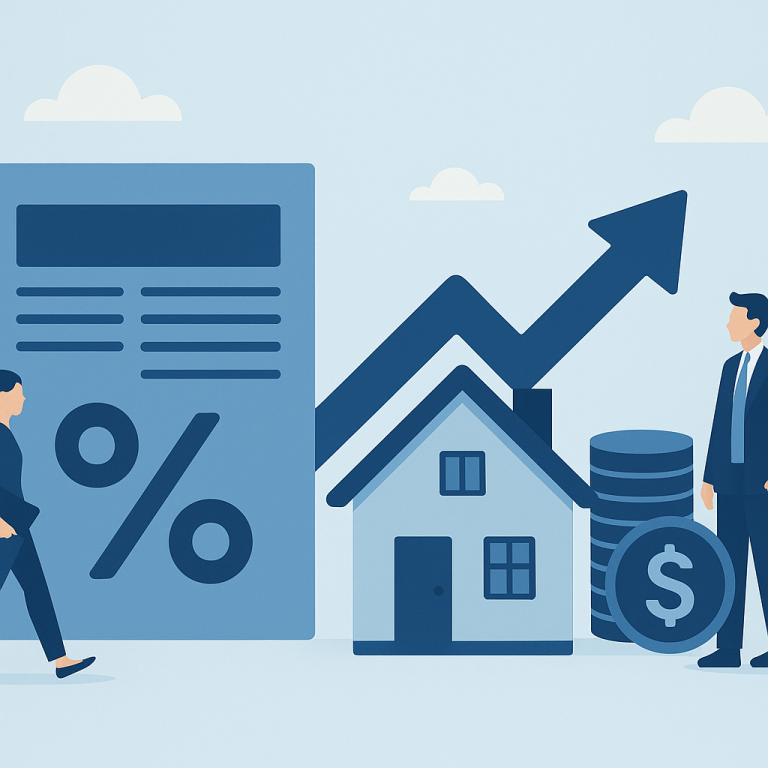Fannie Mae Updates Underwriting Guidance For Refinances, Tightening Debt-To-Income Rules
Homeowners Weigh Refinance Options as Rate Volatility and Costs Influence Decisions
As mortgage rates continue to fluctuate, homeowners are increasingly evaluating refinancing not just for lower monthly payments but for specific financial goals such as shortening loan terms, improving cash flow predictability, or accessing home equity selectively. Mortgage industry observers say this shift reflects growing attention to the trade-offs between interest-rate savings and upfront closing costs, alongside newer alternatives that can achieve similar objectives with different cost profiles.
Traditionally, refinancing has been a straightforward path to reduce interest expenses or to tap equity through cash-out transactions. In the current environment, however, borrowers are taking a more granular approach. Many are prioritizing “rate-and-term” refinances to lock in a lower rate or move from an adjustable-rate mortgage to a fixed one, while others are exploring recasting, home equity lines of credit (HELOCs), and targeted cash-out strategies that limit the amount borrowed against the home.
Lenders report that the profile of refinancing applications has shifted. Applications aimed strictly at lowering monthly payments are often balanced against those aimed at adjusting loan duration—shifting to a shorter term to build equity faster or to a longer one to reduce monthly obligations. At the same time, some borrowers are reluctant to pursue large cash-out refinances because added loan amounts and lender fees can offset perceived benefits, especially when rate certainty is short-lived.
Industry professionals also note operational and underwriting considerations influencing borrower choices. Lender overlays, appraisal requirements, and program-specific eligibility can change the economics of a refinance. For borrowers with limited time in their current home or with plans to sell within a few years, the break-even period — the time required for monthly savings to offset closing costs — has become a critical calculation.
What Homeowners Should Consider
- Clarify the primary goal: Determine whether the main objective is lower monthly payments, a shorter loan term, rate stability, or cash liquidity. The best refinancing path depends on this priority.
- Calculate break-even timing: Compare estimated closing costs with expected monthly savings to understand how long it will take to recoup upfront expenses. For short ownership horizons, refinancing may be less advantageous.
- Compare alternatives: Recasting a mortgage or opening a HELOC can sometimes deliver needed payment relief or access to funds with lower upfront costs than a full refinance. Assess these options alongside traditional refis.
- Review underwriting and documentation needs: Program requirements can affect timelines and costs. Ask lenders about appraisal waivers, income verification standards, and potential lender credits.
- Factor in future rate outlook and flexibility: If you value rate certainty, a fixed-rate refinance may be preferable even if it costs more initially; if flexibility is key, explore adjustable options carefully.
Ultimately, refinancing remains a useful tool, but its value is increasingly specific to each homeowner’s timeline and goals. A targeted, goal-based approach — weighing closing costs, loan features, and alternative strategies — helps homeowners make refinancing decisions that align with both current circumstances and longer-term financial plans.
META: angle=refinance-strategy; audience=homeowners; focus=break-even, alternatives, goals-driven decisions

